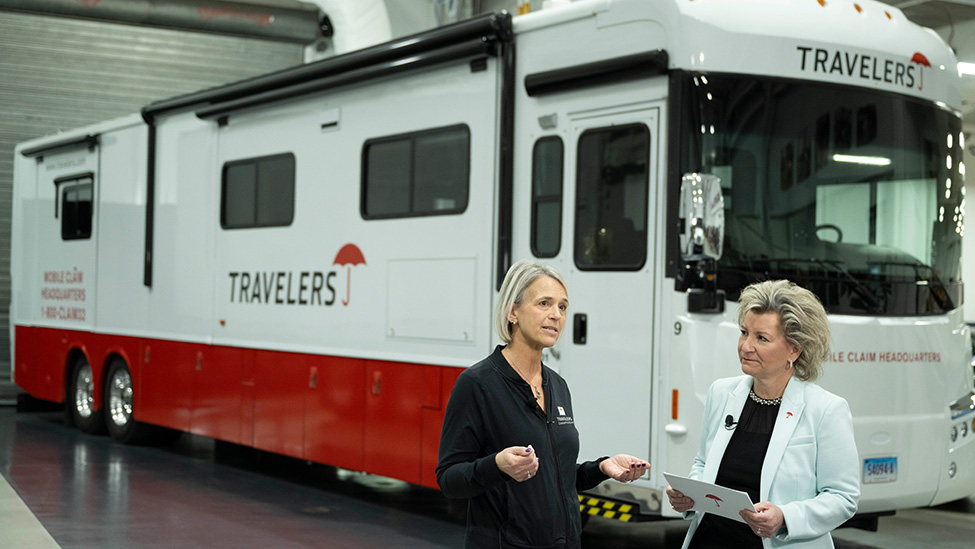Disaster Preparedness & Response

Highlight
>137,000
Catastrophe notices of loss responded to in 2024
Severe weather events and other disasters are part of our business. We take a holistic approach to managing our company’s exposure to disasters and to helping our customers prepare for, respond to and recover from catastrophic events. In addition, we play an active role in trying to influence the public policy agenda with regard to resiliency, sustainability and adaptation.
Approach
While our Risk Control department focuses on helping our customers understand and mitigate their risks, our Claim Catastrophe Response team takes the lead on customer interactions should a disaster or severe weather event occur. Our Claim Catastrophe Response team coordinates closely with multiple business units and functions across the organization, including Underwriting, Legal and Communications, to respond to our customers’ needs in a quick, efficient and compassionate manner. That is a core part of the Travelers Promise to take care of the people we are privileged to serve.
Our promise to help customers in the face of disasters begins well before a catastrophe hits. We partner with our customers and communities to help ensure they are prepared for a disaster, and we employ leading-edge data and analytics capabilities to help predict extreme events. In the event of a catastrophe, we leverage innovative technologies, the power of our data and analytics, and our more than 30,000 in-house employees to provide the best possible outcomes for our affected customers.
More about disaster preparedness & response
Partner in preparedness
We offer a range of resources that help our customers and the public prepare for disasters.
Leading analytical capabilities in disaster response
As part of our efforts to respond to our customers’ needs in a quick, efficient and compassionate manner after a disaster or extreme weather event, we seek to further develop and leverage our leading analytical capabilities.
Dedicated catastrophe response resources
Our sustained investment in innovative catastrophe response strategies sets Travelers apart from our peers.
Customer outcomes
Despite the added logistical difficulties inherent in catastrophe (CAT) response, our CAT claim performance consistently meets or exceeds our internal benchmarks for claim handling.
Illustrative initiatives
National Catastrophe Center
Catastrophe Planning and Response
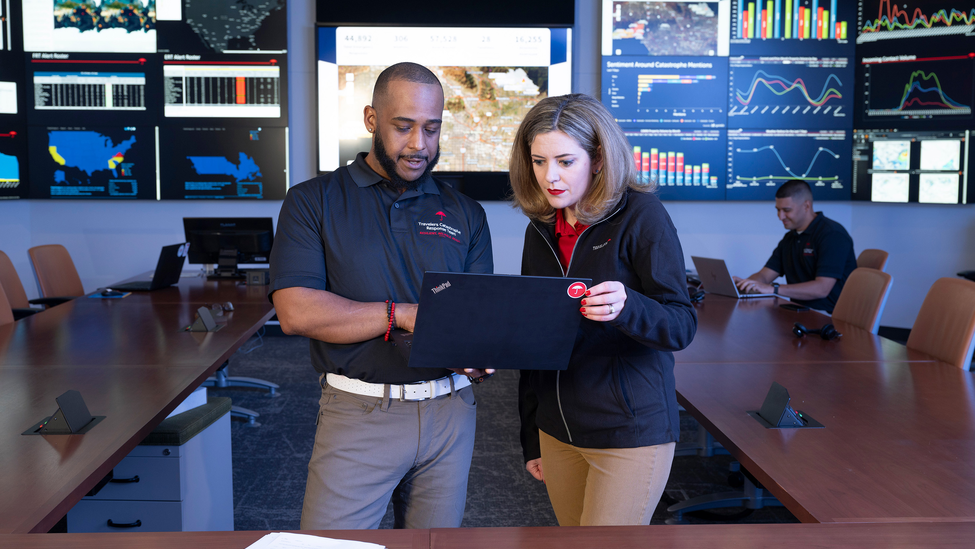
Travelers Fortifies Communities
Building Strong, Resilient Communities
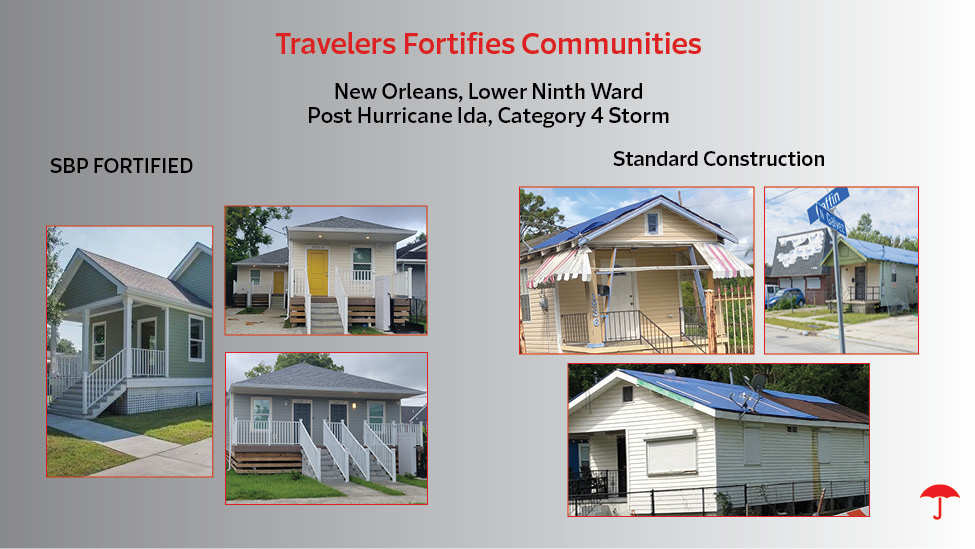
Wildfire Defense Services
Protecting Our Customers from Increased Wildfire Risk
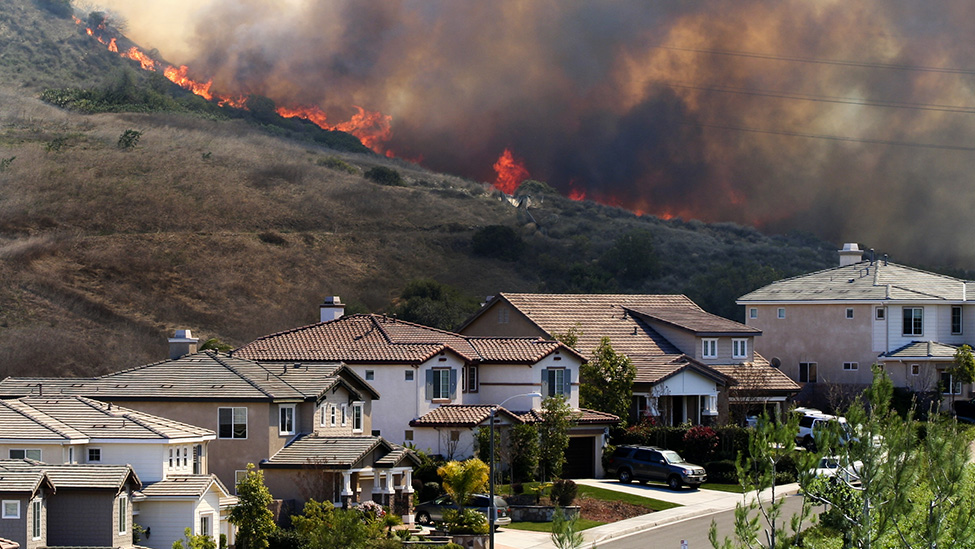
IBHS Sponsorship
Supporting Research in Severe Weather Readiness and Response
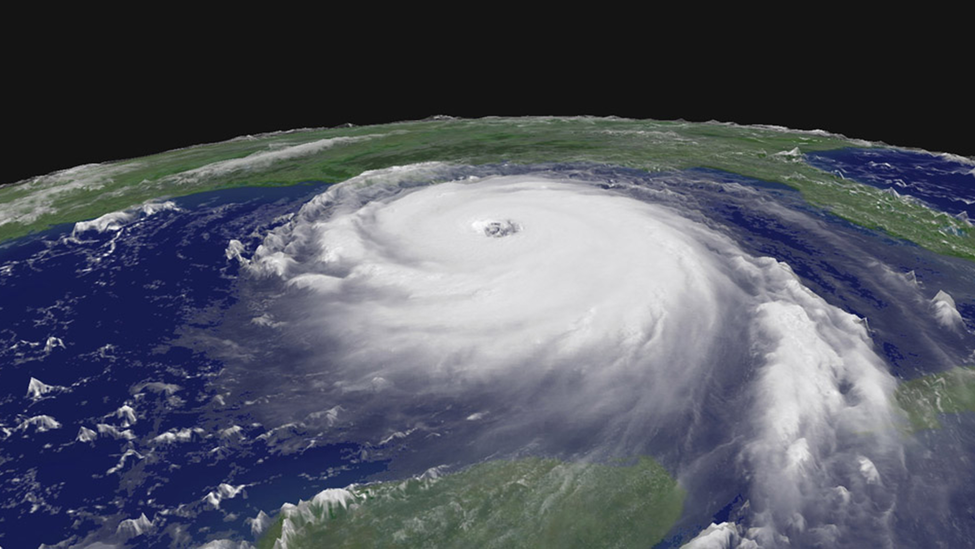
Travelers Institute®
Thought Leadership on Disaster Preparedness
